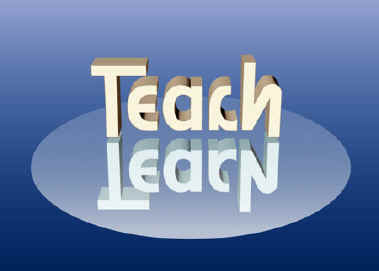
What does learning involve?
levels |
synonym |
description |
|---|---|---|
| events | examples | |
| patterns | evidence | information |
| structures | argument | explaining the apparent scope |
| knowledge | gnosis | contrasting the depth and scope of the arguments |
By bringing together two different ways to apprehend signals --the visual and the sensory-motor skills-- is possible to understand the need to effectively mesh tactile with the pictorial or optical senses. Behavioral and somatic approaches are needed to comprehend more fully the illusory qualities of narrow or myopic approaches to informing ourselves about the world. Thus we can understand the world by the same means we use to comprehend ourselves and the greater our self-awareness the more we may come to know others and our surroundings by means of continually comparing the contrasting signals we interpret.
There is little agreement on what constitutes wisdom that is not entwined in ideology, but wisdom is derivative of knowledge that combines the somatic, sensory, behavioral, and emotional responses to our experience in some sort of ineligible, cognitive, and reliable explanation of the surrounding world.
All learning is a recursive experience --as depicted in the above diagram-- in which a process of discovery reveals information with which we can compare and contrast with our pre-existing concepts in a constant reformulation of what we know.
